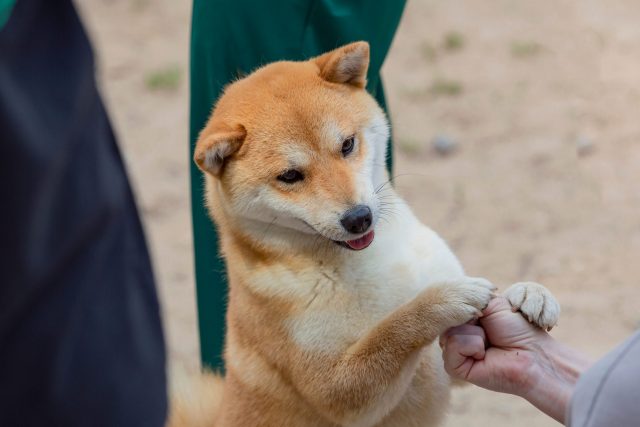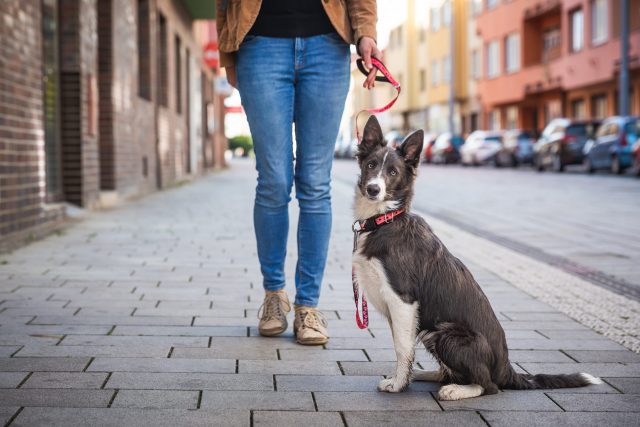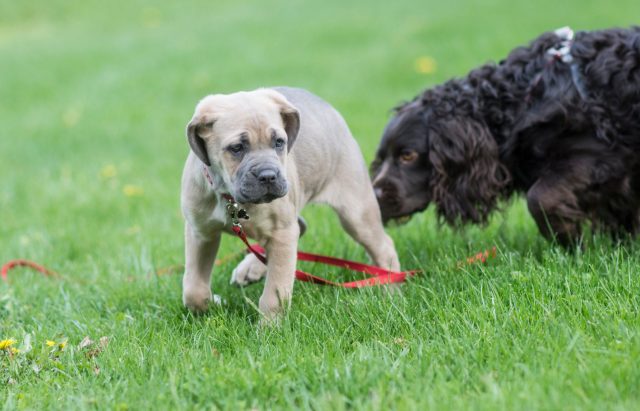Your family finally made a decision and chose a new family member. Your adorable pup is now home, you have named her, and friends and family have all come over to drool over her cuteness. She is full of play, happy to see everyone, and has the sweetest temperament – people keep commenting on her wonderful personality.
You pat yourself on the back and think you did a great job picking out a nice, even tempered pup that will grow up to be a great family dog and your job is done. You would be strongly mistaken, however. Dogs, like people, are not just a product of their genetics, but also their environment. If your sweet, friendly puppy does not get socialized properly, she may grow up timid, unfriendly, or even aggressive.
But how do you socialize her?
Start immediately
Even if you got your pup at the typical eight weeks of age, socializing should start immediately. You do have to be careful about exposure to illnesses until they have had all their shots, but that does not mean they should sit locked up in your house until they are four months old. In fact, a puppy’s main socialization period is from birth to twelve weeks, so it is imperative they get out and experience new people, places, and things.
First Twelve Weeks Socialization Checklist
Surfaces. Get your puppy used to walking on different surfaces in your house – concrete, carpet, tile, stone, etc. textured paint on wood boards make excellent tactile objects for your puppy to explore. Same with yoga balance discs (check out Fit Paws), books to climb over, etc. Reward your puppy for going over new surfaces.
People. The more people you can have hold your puppy the better! Young, old, men, women, tall, short, wearing hats, sunglasses, in wheelchairs, etc. The more diverse the better! Give your puppy treats or toys to make interactions with people positive.
Sounds. Start getting your puppy used to sounds. Play recordings of fireworks, thunder, trucks, crowds, babies crying. Turn on action movies or the radio too. Do not start the noise loud, start softly and turn up the volume as your dog is comfortable.
Objects. Things with wheels (bikes, skateboards), vacuum, brooms, etc. Anything your puppy is going to come in contact with should be introduced as soon as possible in a positive way.
Handling. Get your puppy used to brushes, nail clippers, towels, baths, teeth brushing, and standing for vet examinations. If you have a breed that will need to be clipped, get them used to the sound and feel of clippers.
Animals. Even though your pup does not have all its shots, it can still look at other animals. Carry him around the park, walk him past your neighbor’s dogs etc. If you have friends or family members with healthy dogs and your vet is fine with it, let them meet those dogs one on one.
Every experience needs to be positive! Make sure people hold your puppy correctly (not too tight or rough) and that you reward him for good behavior. If your puppy exhibits fear, anxiety, or nervousness, let them leave! Do not force them to interact with anything they find scary. Let them get to a place where they are comfortable, and then try to commence play or eating. If they will eat, give him cookies for looking at the object that frightened him. Never push a dog to go toward something that scares them!
Twelve Weeks to Eighteen Months
By twelve weeks, your pup will have almost all of his shots and will be ready to conquer the world. If you have been socializing him, then he should face that world with confidence. However, dogs do go through two fear periods somewhere between twelve and eighteen months, so it is important that you do not stop socializing him! Continue the above items as well as:
Places. Now that your puppy can walk around without worry of illness, let him walk! Especially with little dogs, humans have a nasty habit of carrying puppies everywhere. However, it does not allow them to explore their environment. Take them everywhere you can: pet stores, restaurants, stores, parks, beaches, groomers, vets, etc., and let them walk. For the last two, take them when they are not actually going for an appointment. Instead, just go for a visit so they learn to like, not fear, those facilities.
Animals. Let the greetings commence! Now that they have their shots let them greet dogs and other animals IF AND ONLY IF you are positive they will be friendly! This goes for both sides. If you think your puppy is not going to be friendly but is scared or aggressive, it’s better to forgo this socialization than to have them practice bad behavior. At the same time, you do not want your puppy attacked and frightened by another animal. All it can take is one attack to have your puppy fear other dogs for life.
Training. Now is the time to enroll your puppy in a training class. Not only does this help you with manners, but its great socialization – you are in a new place with other dogs and people.

Remember, make sure every experience is a positive one!
It feels like a full-time job, but take care to socialize your puppy properly those first two years, and you will both live happier the rest of your life together.


